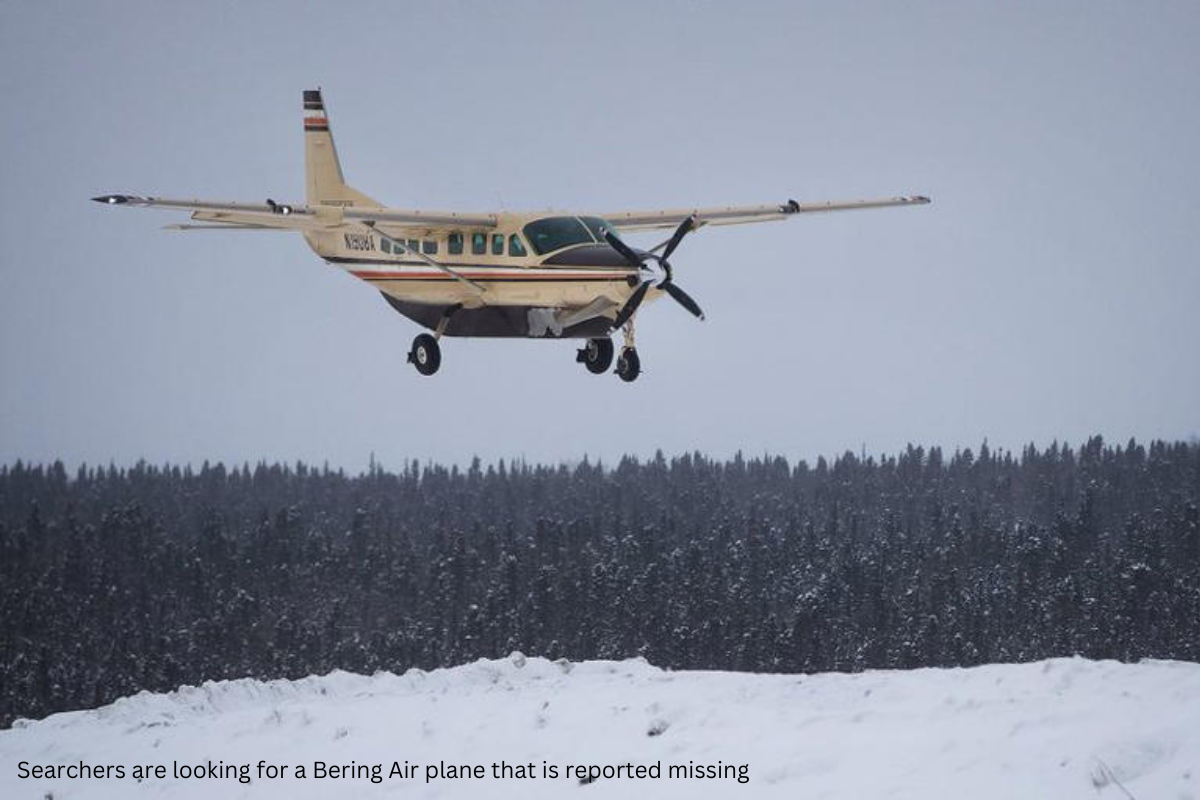A flight carrying 10 people went missing on February 5, 2025, while traveling from Anchorage to Juneau. The small aircraft lost contact with air traffic control, and crews have since launched a massive search operation to locate the missing plane and its passengers.
Rescue teams began searching immediately after the plane disappeared from radar. It was last seen over a remote region of Alaska known for difficult weather conditions, including snowstorms and low visibility, which have slowed the search efforts.
“We are doing everything possible to locate the aircraft and bring those on board home,” said Lieutenant Colonel John Smith of the Alaska Air National Guard. With teams on the ground, air, and sea, the focus is on the mountains and forests that cover the last known location of the plane.
The plane, a small twin-engine aircraft, was en route to Juneau when it lost contact at approximately 2 p.m. local time. The weather in the region had deteriorated, with thick clouds and heavy snow making it hard for rescuers to track the plane’s location.
“We have to adjust our search strategies due to weather. It’s not easy, but we are not giving up,” said Sarah Thompson, a lead search coordinator. Authorities are making use of helicopters, drones, and other technology to cover the vast and difficult terrain.
The missing aircraft was carrying eight passengers and two crew members. The identities of the people on board have not been made public, but authorities have confirmed that their families have been notified.
While the weather is the biggest challenge, authorities are not ruling out the possibility that the plane may have been able to land safely. There have been instances in the past where planes were able to make emergency landings despite difficult conditions.
Search crews are working in the area surrounding the last known radar contact, which includes steep mountain ridges and valleys. The challenging geography complicates the use of ground search teams and has led to more reliance on air-based methods.
Despite the difficult conditions, there is hope among rescue teams. “We are optimistic that we will find the plane,” said Air Force Captain James Hill, who is part of the rescue operation. “The teams are trained and ready for difficult circumstances.”
The Alaska Department of Public Safety has increased efforts, calling in additional search and rescue teams from nearby areas. These teams are expected to focus on areas that might be more accessible by foot, in case the plane is found off the main search routes.
Experts are concerned about the safety of smaller aircraft flying in remote parts of Alaska, where unpredictable weather often affects visibility and navigation. Smaller planes, while common in Alaska due to the state’s large, isolated areas, face significant risks during winter months, especially when snowstorms hit unexpectedly.
“Flying in Alaska presents unique challenges. Pilots are highly trained for these conditions, but weather can change quickly, making it difficult to predict and avoid,” said aviation expert Tom Rodgers.
The rescue efforts are expected to continue, as both local and federal authorities remain hopeful. The families of the passengers are anxiously waiting for updates and have expressed their deep concern over the situation.
While the search has been slow, crews are determined to keep going until the plane is found. As the days pass, the search operation has become a race against time, but rescuers are committed to finding the missing aircraft and its passengers.
“We will not stop until we have answers,” said Thompson. The search is set to continue into the coming days, with the hope that the missing flight will soon be located.




